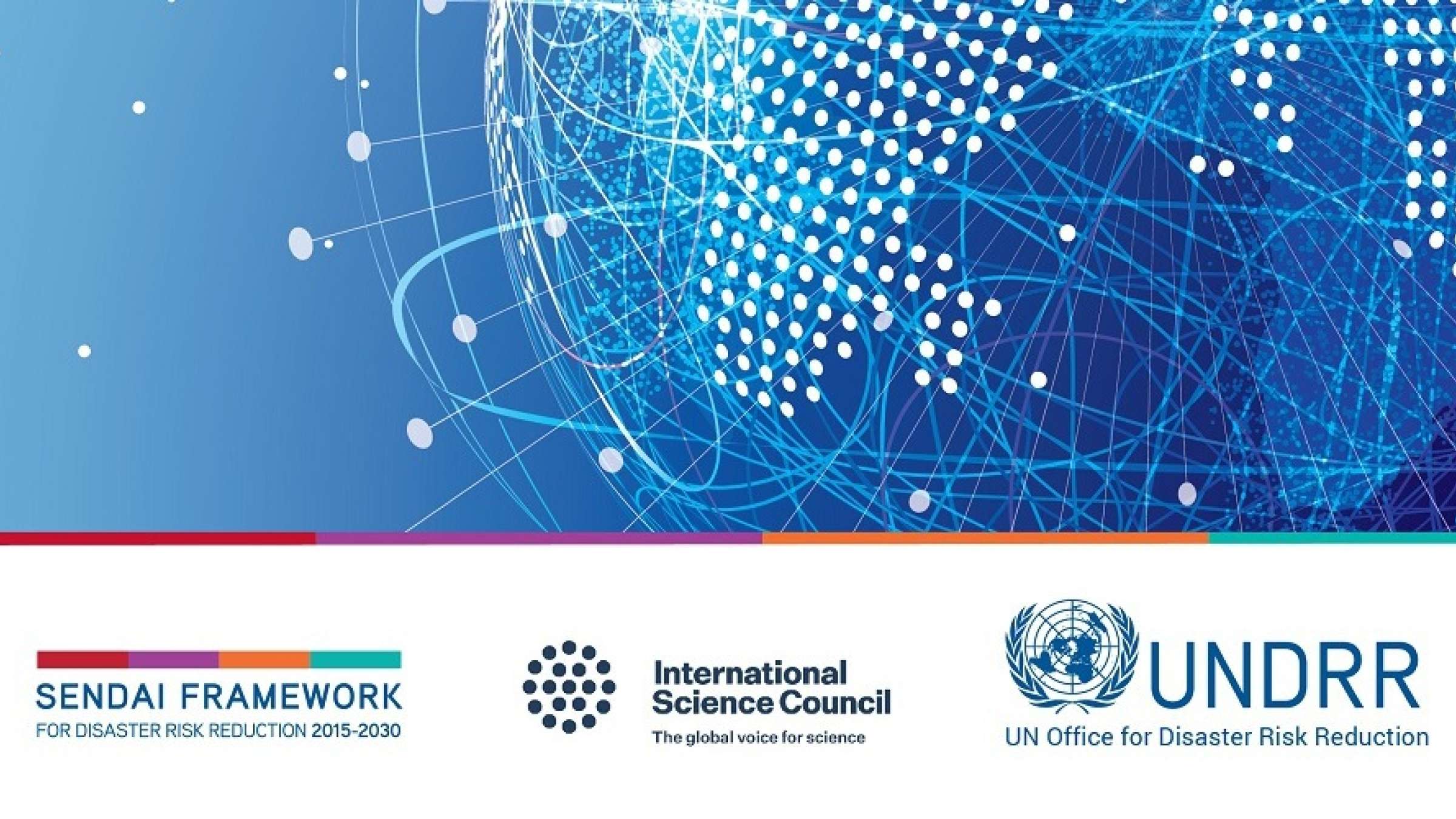Sendai Hazards Report Launched

Statement by the head of UNDRR, Mami Mizutori at the launch of the UNDRR-ISC Technical Report on Sendai Hazards Definitions and Classifications
It is my pleasure to welcome you all to the launch of the UNDRR-ISC Technical Report on Sendai Hazards Definitions and Classifications.
It is encouraging to see the great interest in this work with many participants joining on this call from around the world.
This is a timely milestone in the actions that have been taken over the last five years to accelerate implementation of the Sendai Framework for Disaster Risk Reduction.
It coincides with the deadline of 2020 for the achievement of target E which seeks to strengthen disaster risk governance through a substantial increase in the number of national and local strategies for disaster risk reduction.
To date, 86 UN Member States have developed such strategies and the publication of this new report can assist both those who have done so, and those who are doing so, to ensure that no area of risk is overlooked in these strategies.
As the saying goes, the devil is in the detail, and understanding the full spectrum of underlying hazards is the first step to understanding and addressing exposure and vulnerability and their interconnections as key components to effectively reduce risks.
We believe the report, which classifies over 300 types of hazard across the extended range of risk identified in the Sendai Framework, namely natural and man-made hazards, as well as related environmental, technological and biological hazards and risks, will be an important stepping stone for the international community to achieve sustainable development within the increasingly complex, interconnected and systemic risk landscape.
Importantly, this report is being launched during a global crisis which has revealed many of the shortcomings in disaster risk governance across the globe notably the failures in pandemic preparedness despite many warnings.
At the same time, the recovery from COVID-19 provides us with an opportunity to transform our models for economic growth and to put resilience at the heart of human development.
The recovery must be resilient, green and equitable.
This is now a recurrent theme at the highest political level including in the discussions on “Financing for Development in the Era of COVID-19 and Beyond” led by Canada and Jamaica and in the preparations for COP26 led by the UK.
To build resilience, countries and stakeholders are demanding evidence and methodologies from the DRR community for the implementation of a multi-hazard approach - an approach that addresses the systemic and cascading nature of disaster risk as starkly revealed by the still unfolding COVID-19 crisis.
The report we launch today provides a starting point for this.
I would like to thank Heide Hackmann and her team from the International Science Council (ISC), as well as Prof John Handmer and the team from the ISC Integrated Research on Disaster Risk Programme (IRDR) for their leadership and engagement.
I would also like to extend my sincere thanks to Professor Virginia Murray and her team from Public Health England. Prof. Murray is a veteran of the negotiations which resulted in the adoption of the Sendai Framework five years ago and she chaired the technical working group which produced this report.
All the members of the technical working group, many of whom are from our United Nations sister agencies, science partners but also private sector representatives, are named in the report and we owe them all a great debt of gratitude for their work.
Last but not least, I also want to thank over 800 scientists and technical experts who engaged in the review of the report and the ISC Board members who gave it final approval.
In closing, let me reiterate that this report is a first step which now needs to be followed by further action from a range of actors.
These include national policy- and lawmakers, scientists and research funders, United Nations, international financial institutions but also private and financial sector leaders, regulators and local authorities and decision makers.
UNDRR is excited to work with our partners to take the recommendations further, including through the Sendai Framework Monitor, the Global Assessment Report and Global Risk Assessment Framework.
I look forward to the discussion and thank you all again for your engagement, leadership and commitment.
Is this page useful?
Yes No Report an issue on this pageThank you. If you have 2 minutes, we would benefit from additional feedback (link opens in a new window).